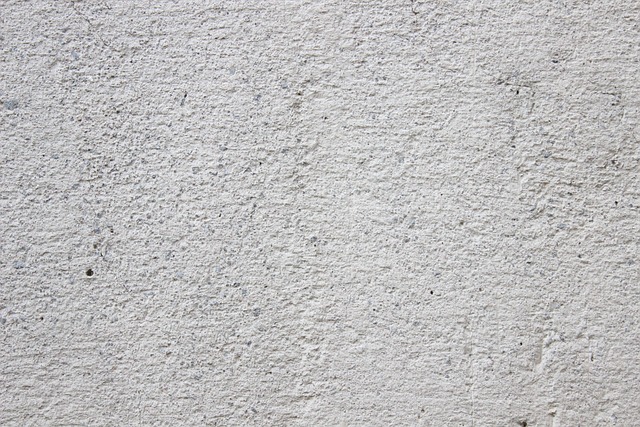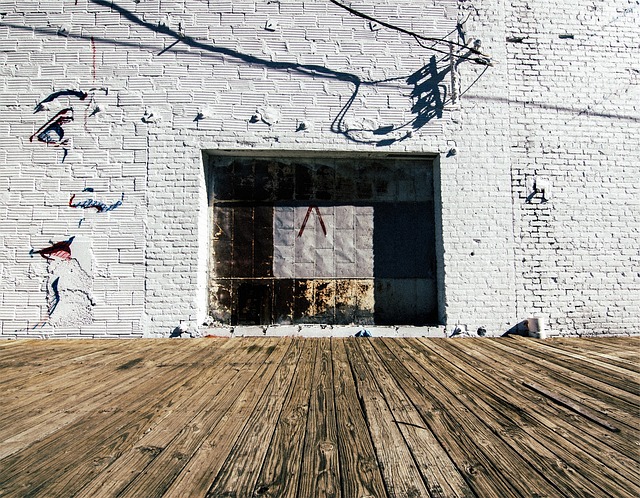Foundation leveling addresses uneven or sinking foundations caused by factors like poor construction, soil settlement, or water activity. Over time, these issues lead to structural damage and safety hazards requiring concrete repair. Signs of foundation problems include wall cracks, uneven floors, and misaligned door frames. Professional intervention stabilizes the structure, prevents further damage, and ensures building longevity through methods like adding support beams or injecting polymeric compounds into soil. Regular maintenance, including proper drainage and concrete repair, is crucial to avert future foundation issues.
“Foundation Releveling: Restoring Structural Integrity and Stability
Many homes and buildings develop foundation issues over time, leading to potential structural damage and safety hazards. Understanding foundation leveling is crucial for maintaining a stable structure. This article guides you through the essentials of concrete repair for foundation leveling, including identifying signs of settlement and common types of foundation problems. Learn why professional services are beneficial and discover maintenance tips to prevent future challenges, ensuring your home’s longevity.”
Understanding Foundation Releveling: Why It's Necessary

Foundation leveling is a critical process that addresses the issue of an uneven or sinking foundation, which can be caused by various factors such as poor initial construction, soil settlement, or underground water activity. Over time, these issues can lead to structural damage and safety hazards, making concrete repair a necessary step to mitigate potential risks.
Unlevel foundations can result in cracks in walls, uneven floors, and door frames that don’t close properly. By leveling the foundation, professionals can stabilize the structure, prevent further damage, and ensure the longevity of the building. This process involves examining the existing foundation, identifying the source of the problem, and implementing effective solutions like adding support beams or injecting a polymeric compound into the soil to reinforce it, thus creating a solid base for the structure.
Identifying Signs of Foundation Damage and Settling

Foundation damage and settling are often subtle indicators that require keen observation. Homeowners should look out for signs such as uneven floors, cracked walls, or doors that stick or swing slightly. These could be early warning signals of foundation problems caused by various factors like poor soil conditions, water damage, or structural defects.
When a home’s foundation settles, it can lead to significant structural issues over time. Concrete repair becomes necessary when the settlement causes cracks in the foundation walls or floors. Prompt identification of these signs is crucial as it allows for early intervention, preventing more severe and costly repairs in the future.
The Process of Concrete Repair for Foundation Releveling

Foundation leveling often involves concrete repair, a meticulous process that requires skilled professionals. It begins with an extensive inspection to identify cracks, dips, or uneven areas in the foundation. These issues could be due to various factors like settlement, poor initial construction, or shifting soil. Once identified, the next step is concrete repair, which can include several methods.
For smaller cracks and imperfections, a process called patching may be employed. This involves removing the damaged concrete and replacing it with new concrete, ensuring a seamless finish. For more extensive damage, underpin installation might be necessary. This method supports the foundation by installing support beams or rods beneath the concrete, providing stability and preventing further settlement. The goal of concrete repair in foundation leveling is to create a stable, level surface that ensures structural integrity for years to come.
Benefits of Choosing Professional Foundation Releveling Services

Choosing professional foundation leveling services offers numerous advantages for your property’s longevity and structural integrity. These experts possess the specialized equipment and expertise to assess and address any issues with your foundation, from settlement to uneven slabs. By employing concrete repair techniques tailored to your specific needs, they can prevent further damage, ensure stability, and restore the overall aesthetic appeal of your home or commercial building.
Professional services also come with guaranteed results and long-term solutions. They employ advanced methods and high-quality materials to ensure the repaired foundation remains stable for years to come. This peace of mind is invaluable, allowing you to avoid costly future repairs and potential structural failures.
Common Types of Foundation Issues and Their Solutions

Foundation issues are a common concern for many homeowners, often stemming from various factors such as settling, shifting soil, or poor initial construction. Identifying and addressing these problems early is crucial to prevent further damage. Some typical foundation dilemmas include cracks in the walls, uneven floors, doors that stick or close improperly, and visible gaps around windows. These issues can be attributed to different causes like settlement cracks due to soil compaction, heave (when soil expands), or structural weaknesses in the foundation itself.
The good news is that there are effective solutions for each type of foundation problem. For concrete repair, professionals use advanced techniques such as epoxy injection to fill and stabilize cracks. This method strengthens the existing concrete and prevents further deterioration. In cases of uneven floors, underpinning or piering can be employed to raise and level the foundation. These processes involve installing support beams or piers beneath the structure, providing additional stability. Prompt action and the right repair methods are key to maintaining a solid foundation and ensuring the longevity of any building.
Maintenance Tips to Prevent Future Foundation Problems

Regular maintenance is key to preventing future foundation problems. One of the most important steps is to ensure proper drainage around your home, as excess water can cause significant damage to foundations over time. Regularly inspect and clear gutters, downspouts, and any other drainage systems to prevent clogs that could lead to water pooling near your foundation. Additionally, repairing or replacing cracked concrete, whether in driveways, walkways, or the actual foundation walls, is crucial. Cracks can allow water penetration, leading to settlement and other structural issues.
Other preventive measures include addressing any signs of water intrusion as soon as possible, such as seeping walls or doors that don’t close properly. Sealants and waterproof membranes can also be applied to the exterior of the foundation to create a protective barrier against moisture. Lastly, regularly monitoring and adjusting the soil around your home for stability is essential, especially in areas prone to settling or shifting due to changes in humidity levels.
